Manila, the bustling capital of the Philippines, is a treasure trove of historical and cultural landmarks. With a history that spans centuries, the city offers numerous sites for visitors interested in exploring the Philippines’ colonial past and vibrant traditions. In this article, we list 10 of the best cultural and historical destinations in Manila for tourists and locals alike.
Table of Contents
- 1. Intramuros
- 2. National Museum of the Philippines
- 3. Rizal Park
- 4. Malacañang Palace
- 5. Ayala Museum
- 6. Quiapo
- 7. Binondo (Chinatown)
- 8. Aguinaldo Shrine & Museum
- 9. Museo ng Pag-Asa
- 10. Taal, Batangas
1. Intramuros
Intramuros, known as the Walled City, is the historic core of Manila. Built during the Spanish colonial period in the late 16th century, it served as the center of political, religious, and economic power for nearly 400 years. The district characterizes the Spanish colonial era with its ancient walls, churches, museums, and various historical sites.
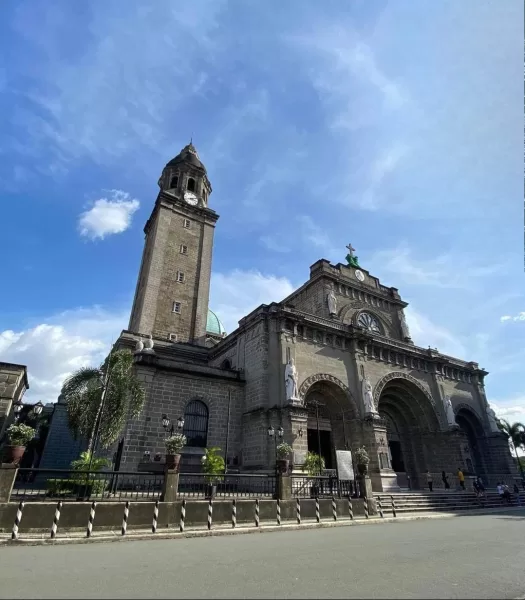
Notable Landmarks:
- Fort Santiago: A citadel first built by Spanish conquistador Miguel López de Legazpi. The site is a key historical and tourist spot that also serves as a memorial for national hero José Rizal, who was imprisoned there before his execution.
- The Manila Cathedral: Officially known as the Minor Basilica and Metropolitan Cathedral of the Immaculate Conception, it stands as a major religious site. It embodies Roman Catholic heritage in the Philippines and is admired for its architectural grandeur.
- San Agustin Church: The oldest stone church in the country and a designated UNESCO World Heritage site. It represents Baroque architecture and is renowned for its stunning interior and historical significance.
- Bahay Tsinoy: Also known as the Museum of Chinese in Philippine Life, it is a museum that documents the contributions and influences of Chinese Filipinos in the nation’s history. Visitors can explore exhibits that trace the Chinese heritage in the Philippines, providing an insight into the interracial tapestry of Filipino culture.
- Baluarte de San Diego: A bastion in Intramuros, notable for its unique circular fortification. This historical structure, surrounded by gardens, allows for an understanding of the military strategy during the Spanish era.
2. National Museum of the Philippines
The National Museum of the Philippines is an integral institution preserving the Filipino cultural and historical legacy. It encompasses various buildings, each dedicated to different aspects of the nation’s heritage.
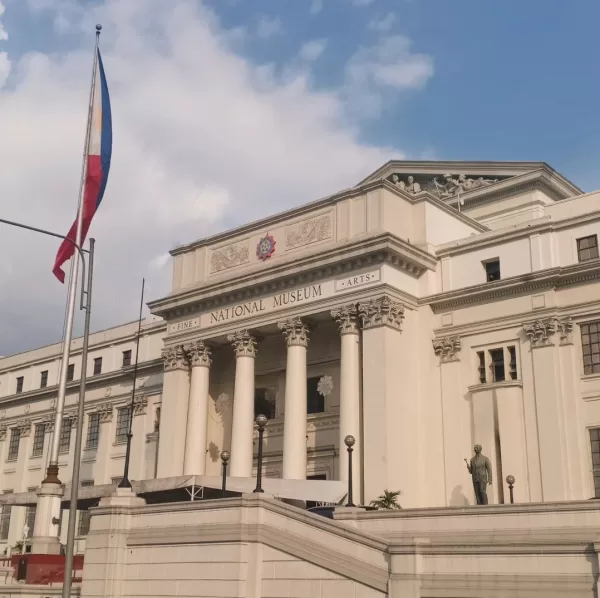
- National Museum of Fine Arts: Presents a rich collection of Philippine visual arts. It is notably home to the acclaimed painting “Spoliarium” by Juan Luna, a prize-winning piece from 1884.
- National Museum of Anthropology: Showcases ethnographic artifacts, traditional costumes, and linguistic records. Here, visitors can explore the diverse cultures and social practices found across the Philippine archipelago.
- National Museum of Natural History: Offers insights into the Philippines’ ecological heritage. It houses extensive botanical, zoological, and geological collections that environmental enthusiasts find invaluable.
These three museums are all located inside the National Museum Complex located along Padre Burgos Avenue. However, aside from these three, the National Museum also operates several other museums scattered across the different regions of the Philippines.
3. Rizal Park
Rizal Park, also known as Luneta Park, is a historical urban park located at the northern end of Roxas Boulevard in Manila. This park is a tribute to the Philippine national hero, Dr. Jose Rizal, and it covers about 60 hectares of open lawns, ornamental gardens, and wooded areas.
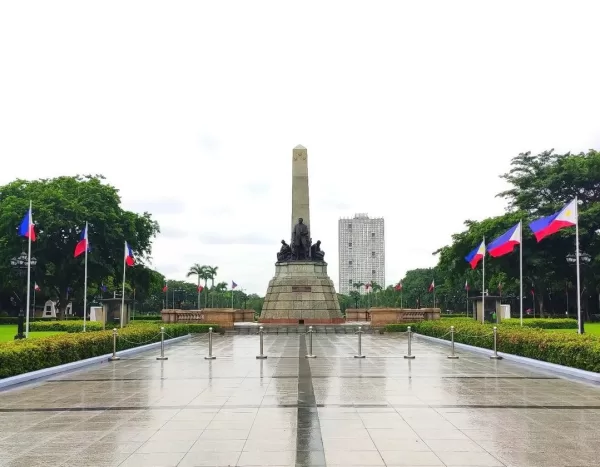
Notable Landmarks:
- Jose Rizal Monument: The Jose Rizal Monument, which stands as a bronze sculpture immortalizing Dr. Jose Rizal, is the central feature of Rizal Park. It marks the execution spot of the Philippines’ most revered freedom fighter and has become a symbol of the nation’s struggle for independence. The monument is guarded by sentinels in full regalia and its exact location is recognized as one of the most important sites in Filipino history.
- National Library of the Philippines: This institution plays a critical role in preserving Philippine literary works and is the foremost knowledge resource in the country. Housing extensive collections of books, manuscripts, newspapers, and periodicals, it serves as an essential repository of the nation’s cultural heritage and history.
4. Malacañang Palace
Malacañang Palace serves as the official residence of the President of the Philippines. With origins dating back to the Spanish colonial era, it is a significant fixture in Philippine history. The palace has witnessed many pivotal events and administrations since its occupation as the executive residence in 1863.
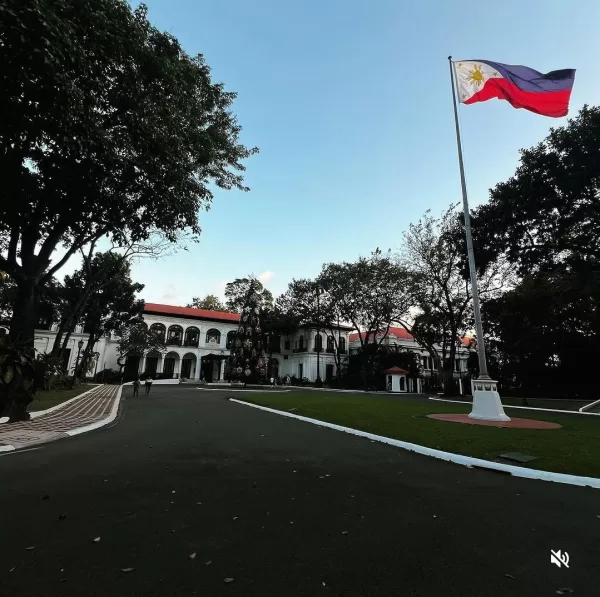
The palace contains 10 principal halls, some of which are restored historical spaces, which are accessible to the public through guided tours.
5. Ayala Museum
The Ayala Museum is a prominent cultural and historical destination located in the Makati Central Business District. This privately owned institution is known for its comprehensive collection that spans from pre-colonial history to contemporary Filipino art.
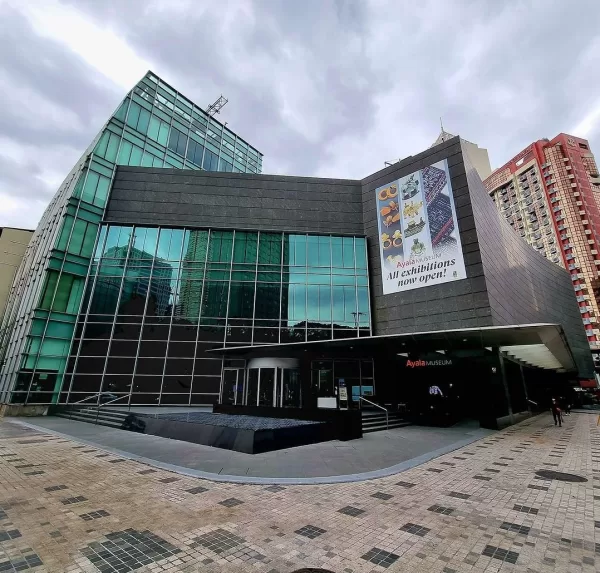
Exhibitions and Collections:
- Dioramas of Philippine History: A standout display featuring 60 detailed dioramas that present key events in the nation’s past.
- Gold of Ancestors: An exhibition of pre-colonial gold artifacts showcasing the craftsmanship of early Filipinos.
- Art and Textiles: Works of contemporary Filipino artists along with indigenous textiles.
6. Quiapo
Quiapo is frequently recognized as the heart of downtown Manila, radiating a rich tapestry of Filipino culture and history. Notable for its bustling markets, it offers an array of local goods and crafts that make for an authentic shopping experience. The district’s buzz is perhaps best embodied in its famous locale – Quiapo Church, known formally as the Minor Basilica of the Black Nazarene, an important religious site drawing thousands of pilgrims annually.
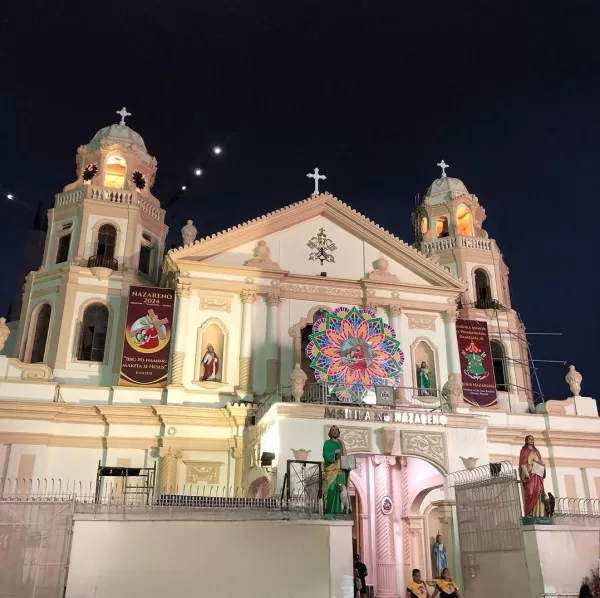
In addition to its religious significance, Quiapo boasts a diverse collection of historic architecture. A prime example is the San Sebastian Basilica, an all-steel Gothic Revival structure, unique for its material and design in Asia. Travelers can also explore the Golden Mosque, which caters to the spiritual needs of the city’s Muslim population, or marvel at the distinct design of the Ocampo Pagoda, once a bustling Filipino-Chinese business establishment.
7. Binondo (Chinatown)
Binondo is acknowledged as the world’s oldest Chinatown, established in 1594. It is located in the heart of Manila and has become a hub for Filipino-Chinese cultural heritage. This district presents a fusion of historical landmarks and a vibrant street scene.
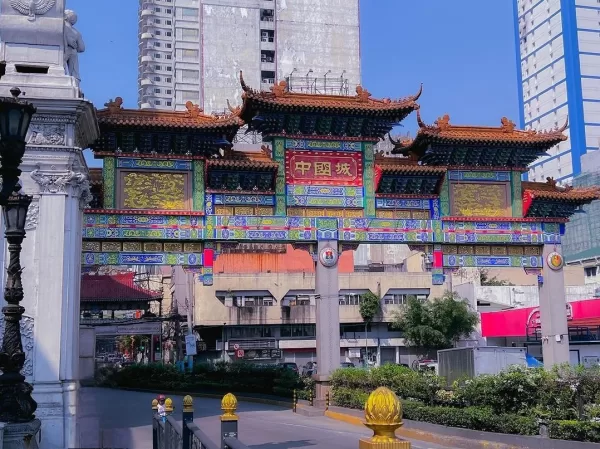
The streets of Binondo are lined with various shops and vendors offering a range of goods, from traditional Chinese medicine to handicrafts. It is also famed for its diverse culinary offerings that provide a taste of Chinese-Filipino flavors.
Notable Landmarks:
- Binondo Church: Also known as the Minor Basilica of Saint Lorenzo Ruiz, it honors the Filipino martyr, Saint Lorenzo Ruiz.
- Plaza San Lorenzo Ruiz: A notable public square in the area.
8. Aguinaldo Shrine & Museum
The Aguinaldo Shrine & Museum, located in Kawit, Cavite, is where the Philippine independence from Spain was declared on June 12, 1898. This declaration marked a pivotal moment in the country’s history, leading to the annual celebration of Araw ng Kalayaan, or Independence Day. It is also the ancestral home of Emilio Aguinaldo, the first President of the Philippines.

9. Museo ng Pag-Asa
Museo ng Pag-Asa, also known as the Museum of Hope, is a repository for gifts and memorabilia from former Vice President Leni Robredo’s influential campaign. It stands out as a space that fosters connection and hope through its displays and its role as a gathering place for volunteers and artists. Despite its limited capacity, with only 50 guests allowed per hour, the museum offers an intimate environment for reflection and learning. Visitors are encouraged to plan their visits accordingly to ensure entry.
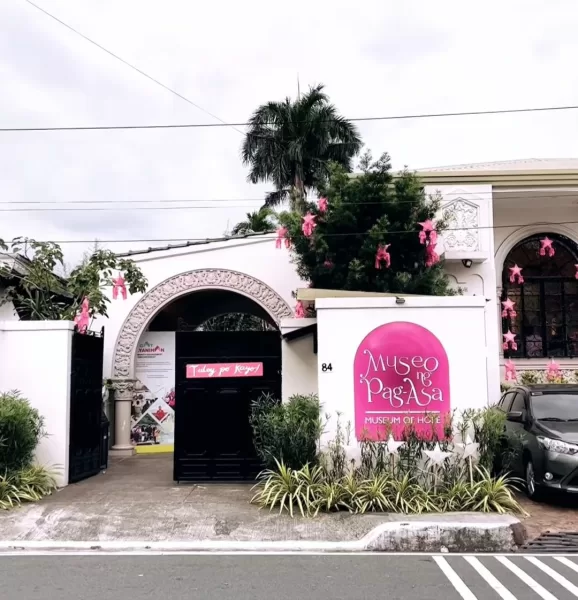
10. Taal, Batangas
The heritage town of Taal is not in Metro Manila— it is in the province of Batangas, which is just about 2 hours away from Manila. The town is well-known for its preserved heritage that gives visitors a glimpse into the Philippines’ colonial past. It boasts a collection of historic sites, such as ancestral houses and museums, that showcase Filipino culture from the Spanish colonial era.
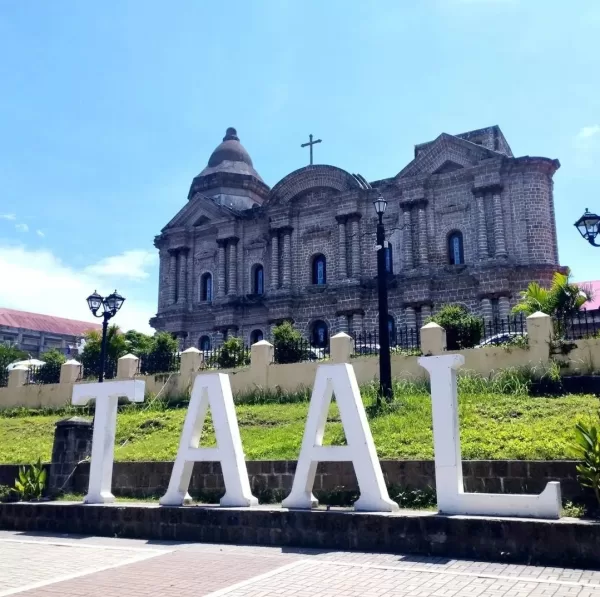
Notable Landmarks:
- Taal Heritage Village: Historic sites and ancestral homes
- Minor Basilica of St. Martin of Tours: Largest church in the Philippines
- Villavicencio Wedding Gift House: 19th-century heritage museum
- Galleria Taal: A camera museum featuring vintage cameras and photographs
Ron Lao is an engineering graduate with a passion for writing informative content and exploring new places, cultures, and food. He loves science, cats, badminton, and anything wellness-related.


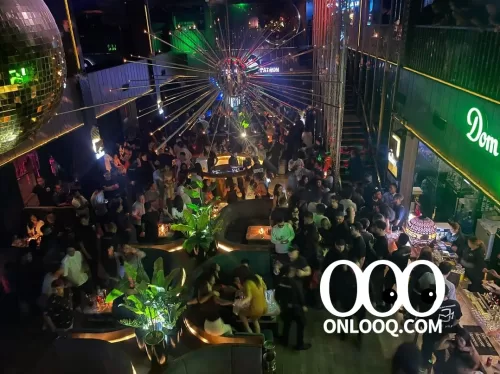
Leave a Reply